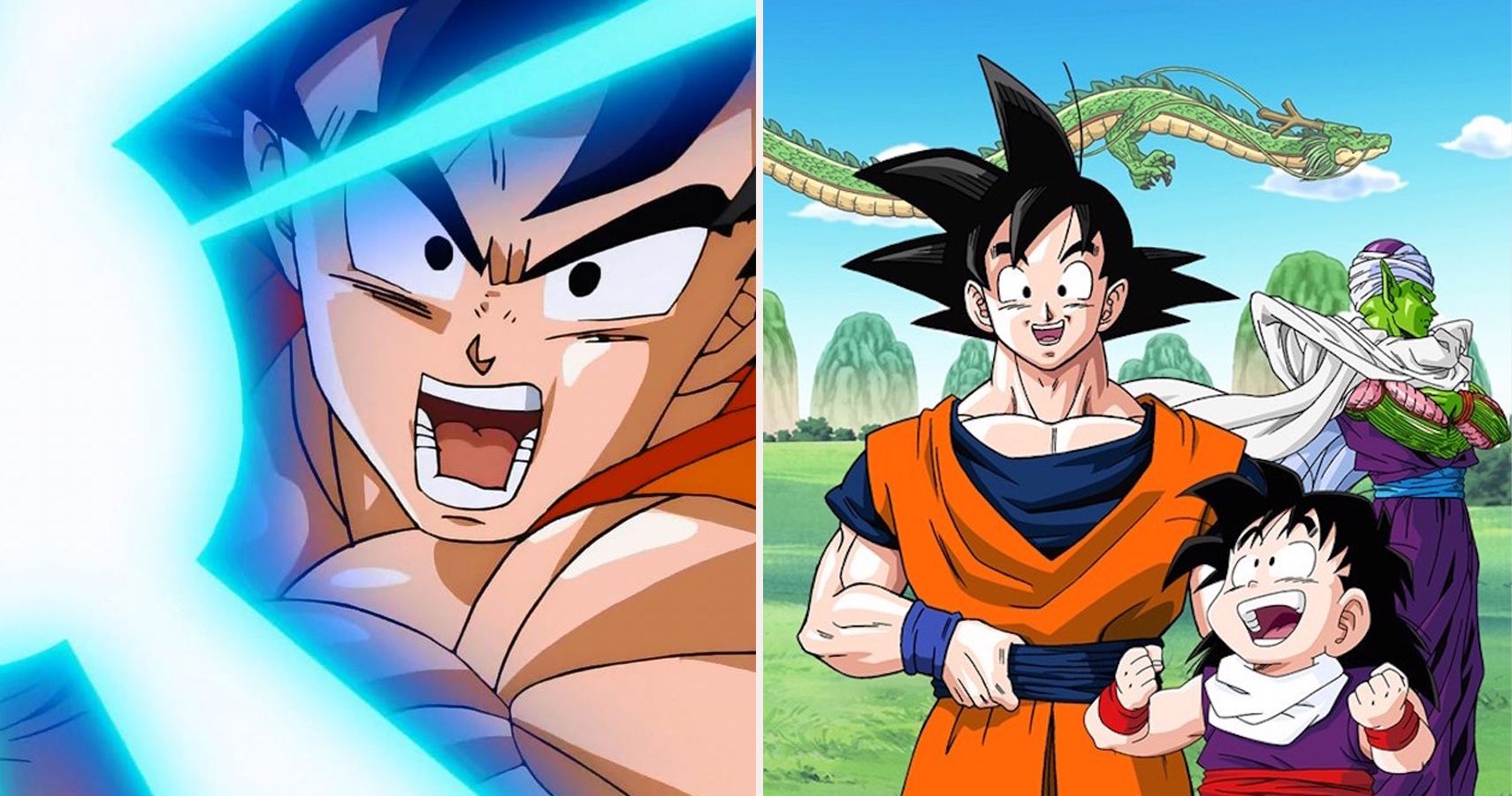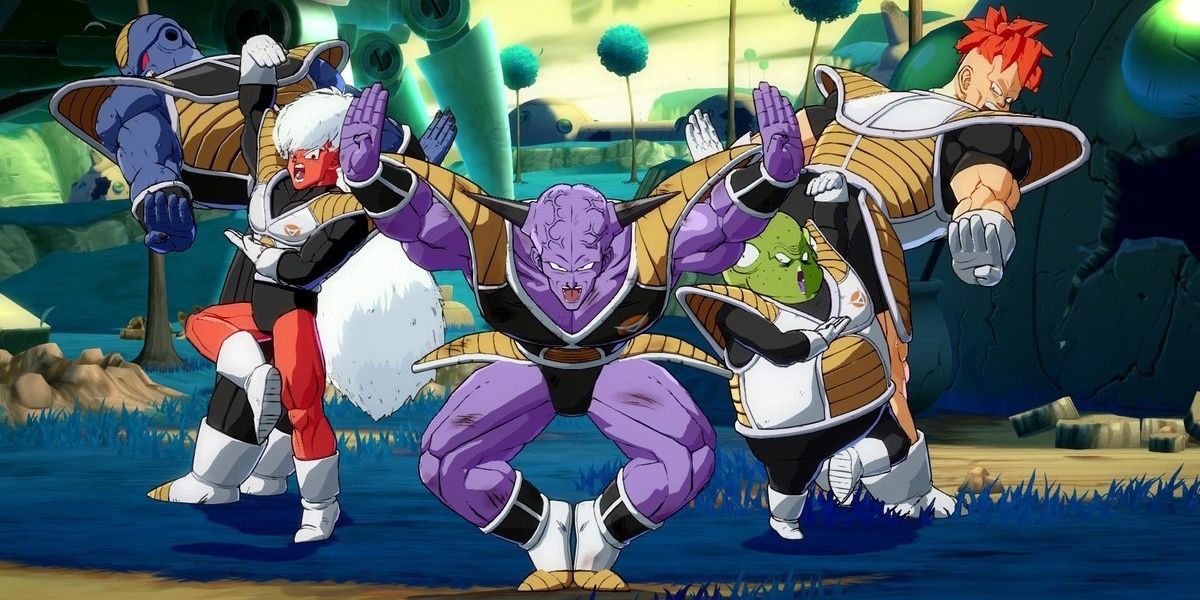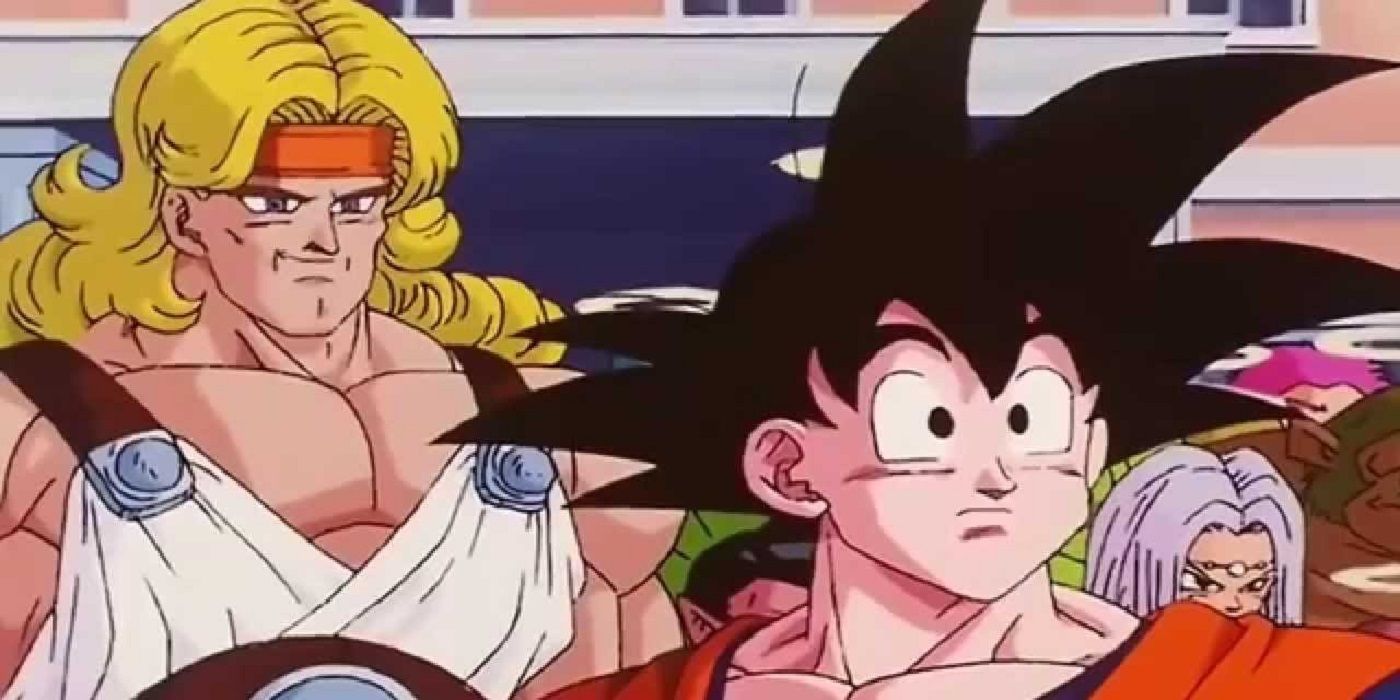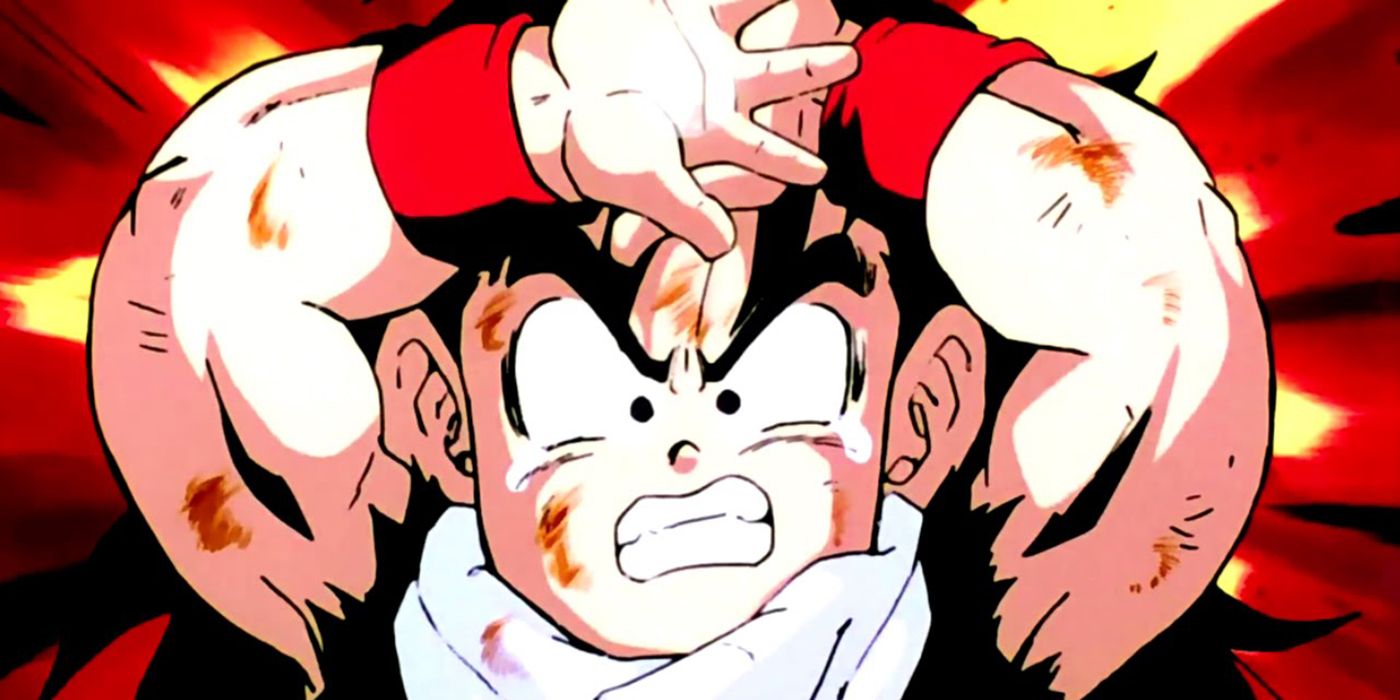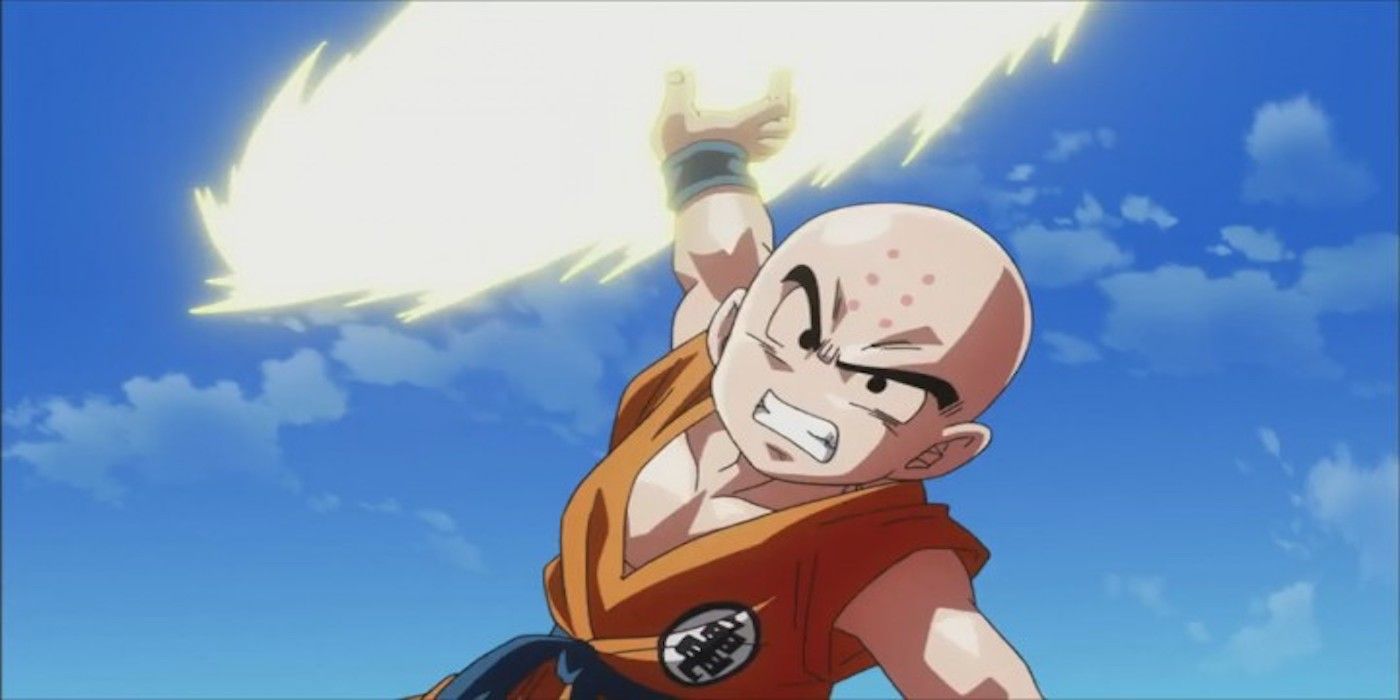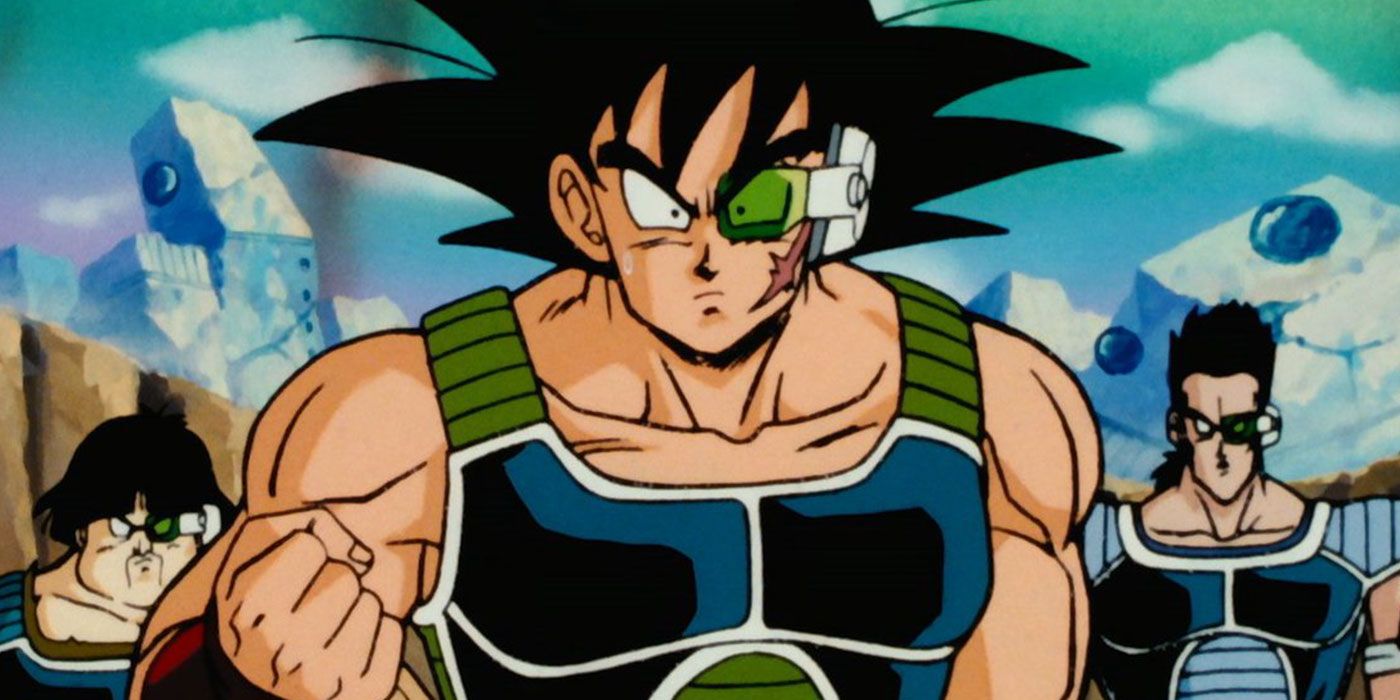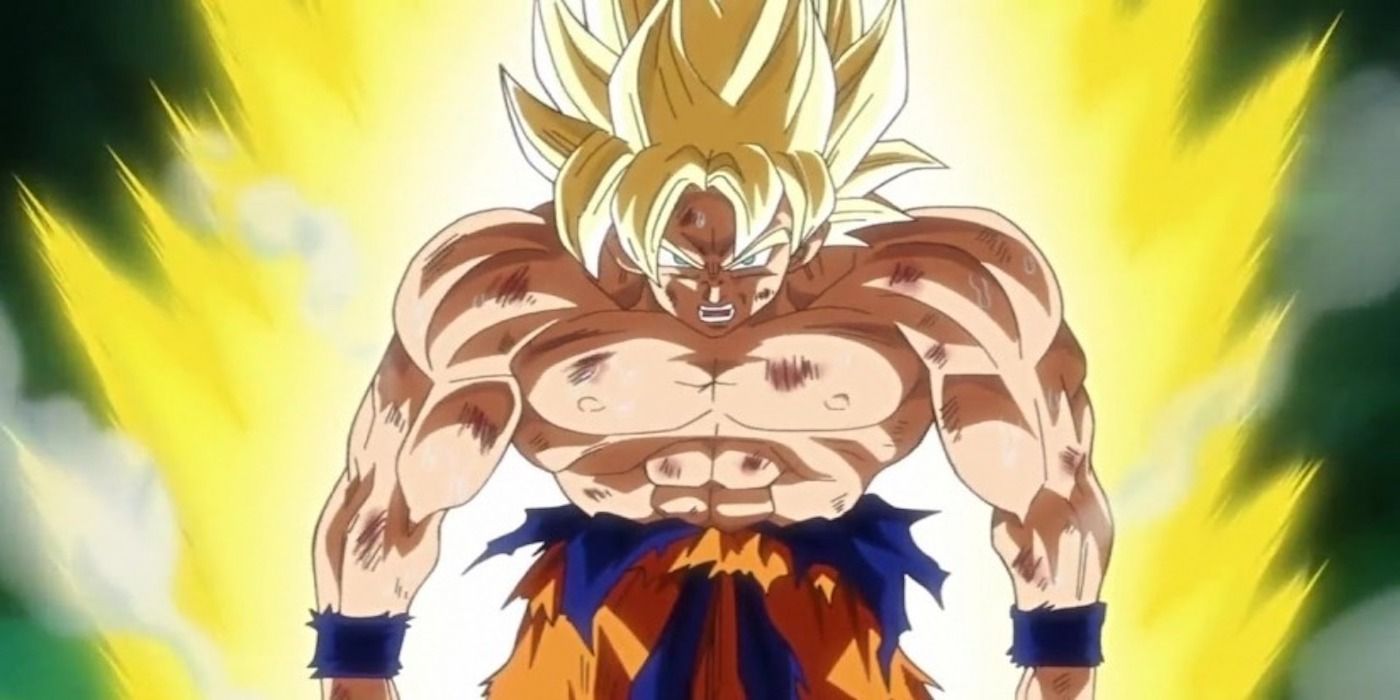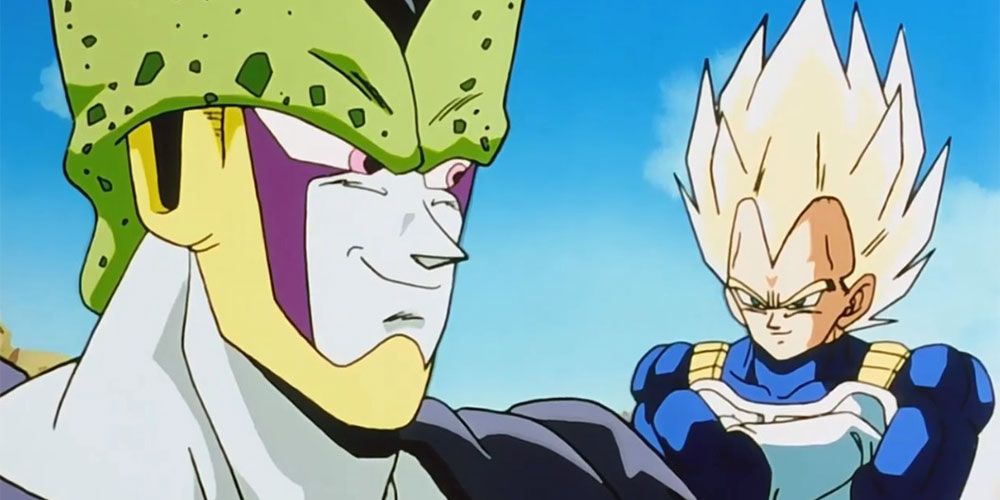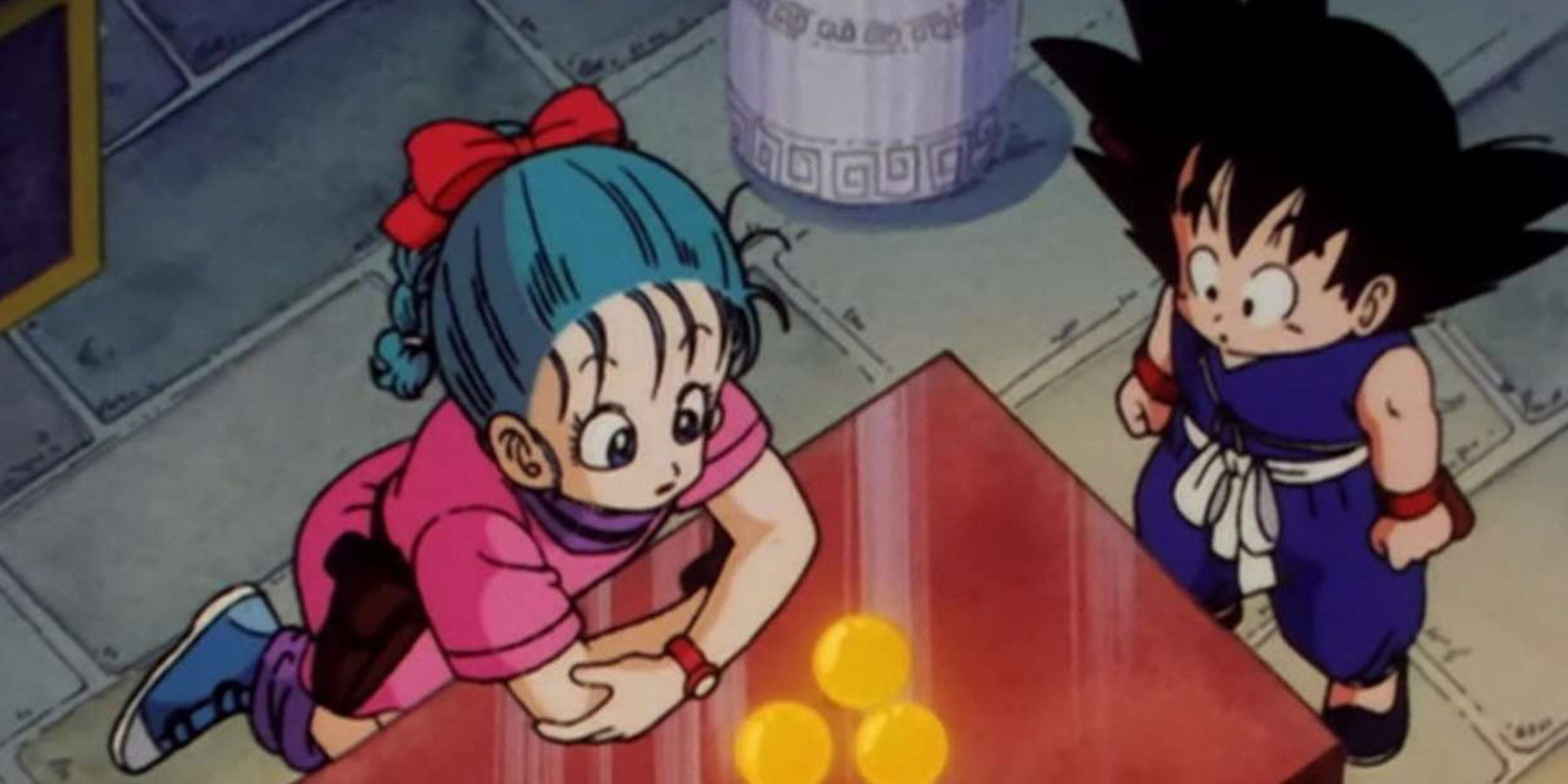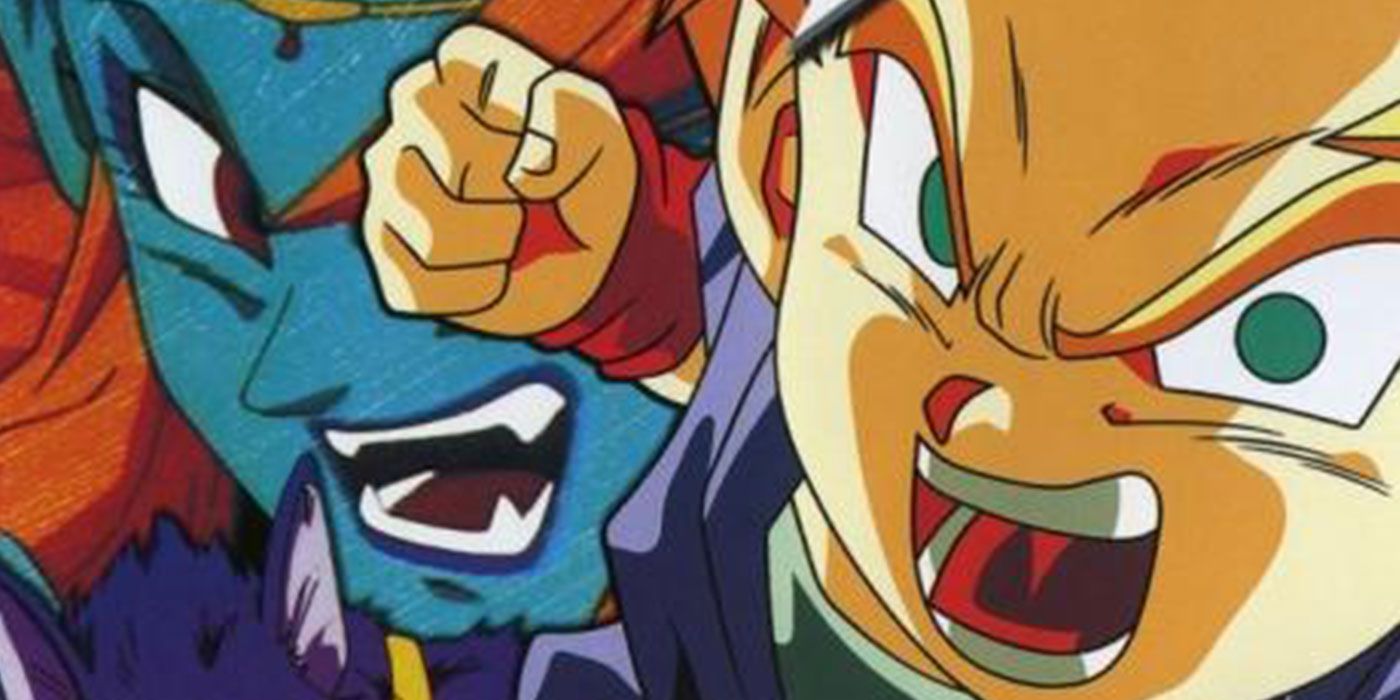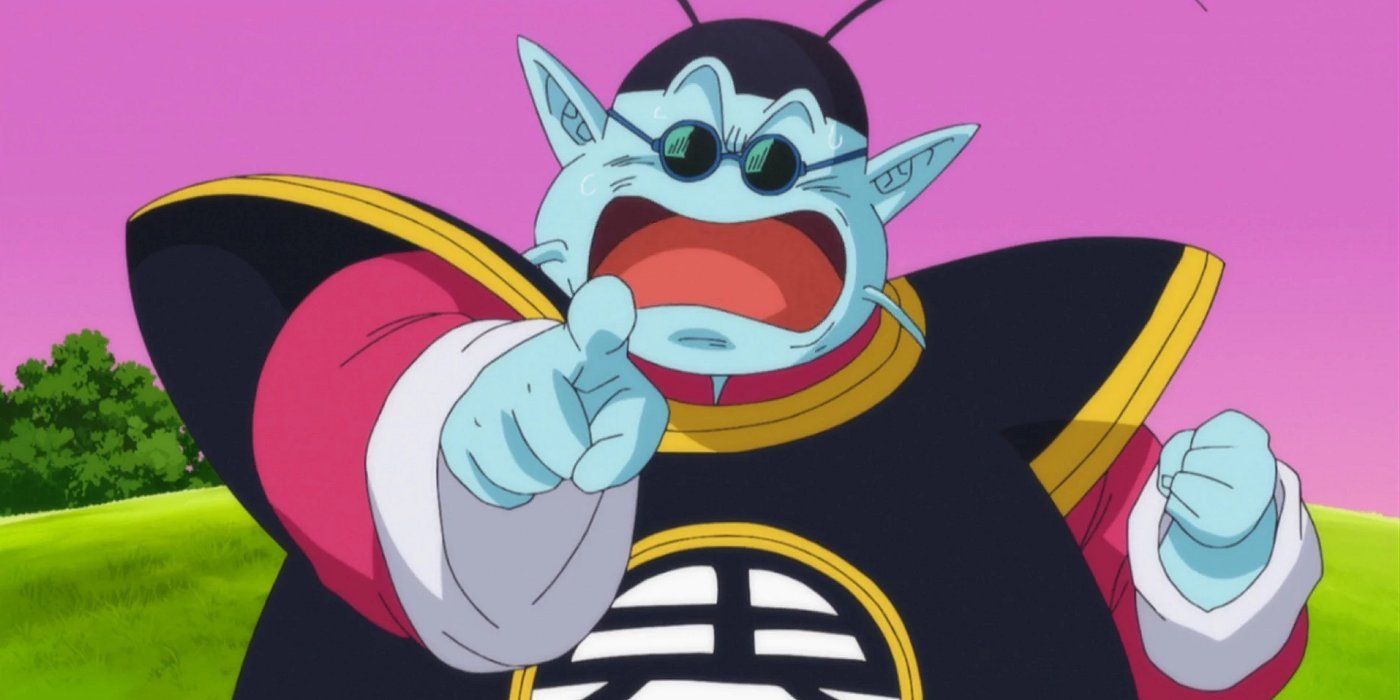Consuming Dragon Ball in North America is shockingly difficult. While being an English-speaking fan, in general, will result in consuming media that is more or less inaccurate to the source material, Dragon Ball’s manga released through Viz is at least generally cohesive and well-translated. Funimation’s anime release, however, has always left a lot to be desired.
While Funimation has gradually gotten better at translating the series, they didn’t start so hot. In fact, Dragon Ball Z’s English dub is notoriously one of the worst anime dubs of all time, actively changing the script, censoring the story, and inaccurately portraying characters. Funimation’s handling of Dragon Ball in the early 2000s has tainted the series in more ways than one.
The “Saga” Structure
Even the most casual of fans “know” that Dragon Ball is broken down into “sagas,” miniature story arcs that capture smaller portions of the series. What these fans might not know is that this isn’t the case at all. In truth, Dragon Ball’s original run from Pilaf to Boo is made up of just ten core story arcs with no saga splits.
The saga structure was a marketing stunt by Funimation to cleanly divide the series for its home releases. It’s more reasonable to collect three VHS tapes covering the “Ginyu Saga” than it is to collect over ten covering the “Freeza Arc,” after all.
The Replacement Score
The saga structure isn’t all that harmful in the long run. It isn’t ideal, but it at least shines a spotlight on some of the more unique and overlooked portions of the franchise. What was harmful was Bruce Faulconer’s replacement score for the series. Deeming the original soundtrack a poor fit for western audiences, Funimation changed all the music.
Faulconer’s score completely undermines the spirit of Dragon Ball Z, getting rid of Kikuchi’s phenomenal music in favor of a hectic soundtrack that never knows when to shut up. Faulconer misrepresents Dragon Ball in every regard, ripping away an important part of the series’ identity.
Dragon Ball Kai Before Kai
Not only did Funimation refuse to air Dragon Ball Z with its original soundtrack, they also felt that only half of the Saiyan arc was worth televising. Most of Gohan’s filler material is completely omitted, a shame considering just how strong the filler material is during the Saiyan arc. Worse yet, the weaker script on a whole means Gohan’s development is lessened as a result.
Interestingly, Funimation made cuts that were surprisingly in-line with the manga. All the important bits were saved even if the script was shaken up. Funimation basically predicted Dragon Ball Kai a good decade before the fact.
The Many Name Changes
Name changes are just an inevitable part of localization. While the ideal should always be to convey the names as accurately as possible, it’s unreasonable to expect everything to translate 1:1. Unfortunately, Funimation still managed to fumble here, making rather arbitrary changes.
Where Kuririn into Krillin makes sense, Tenshinhan into Tien Shinhan seems wildly unnecessary. There’s also the many spelling errors such as “Frieza” instead of “Freeza” or “Vegito” instead of “Vegetto.” Not even attack names were preserved, with some rather absurd changes like “Special Beam Cannon” instead of “Makankosappo.” Considering how well themed Toriyama keeps the names in the series, it’s a shame how Funimation localized certain details.
Bardock, The Brilliant Scientist
Sometimes the Funimation dub just straight up lies for no reason. Despite the Bardock TV special close on the horizon in terms of localization, the original localization of Vegeta’s conversation with Goku has him mentioning Bardock, a brilliant Saiyan scientist who invented the fake moon technique.
Needless to say, there’s nothing even remotely true about this fact and the change likely stems from a desire to keep Goku’s western image more in line with that of Superman. It shows a serious lack of self awareness on Funimation’s part while also demonstrating how little they planned ahead in terms of their translating.
Goku, The Hope Of The Universe
There’s been a massive misconception regarding Goku’s character in the west. Not only do most fans believe him to be a completely static character (an unreasonable belief considering how much he changes in just about every Z-Era arc,) but Funimation presented him as a messianic Superman hero.
In the original Japanese version, Goku’s speech to Frieza has him declaring himself “Son Goku,” a Saiyan from Earth. He fully embraces his heritage in one of the franchise’s most triumphant moments. In the Funimation localization, he spouts off a generic, hero of justice rant that fails to capture the essence of his character while undermining the moment.
Fixing A Cell Plot Hole
Let’s get one thing straight: not all of Funimation’s changes were actually that bad. It could even be argued that the saga structure is pretty solid in its own right. Their biggest contribution to Dragon Ball Z, though, was fixing up a Cell plot hole. In the Japanese original, Cell claims he can only die if the nucleus in his head blows up… so Goku blows his head up.
Naturally, Cell regenerates and that’s that. In the English dub, Cell mentions that only one of his cells needs to survive, a fact that ends up coming up later when he self destructs. In many respects, this change actually puts Cell’s dialogue more in line with how Toriyama ends up writing his biology.
Mass Censorship All Around
Goku and Bulma get naked a lot in the original Dragon Ball. The first arc sees them fully nude multiple times before Pilaf is over and done with. Not even that, the nudity doesn’t really stop until after the Red Ribbon Army arc. Of course, Funimation censored all of this to keep the children pure and pristine.
They even censored the many mentions of panties in the first story arc, really downplaying both Oolong and Master Roshi’s perverted natures. On the DBZ side of things, the censoring was more invested in making sure death wasn’t referenced all too often. An absurdity considering how often characters die in Dragon Ball.
Dragon Ball GT Is Unrecognizable In English
It’s hard enough suffering through Dragon Ball GT in its original Japanese, but in English? Now that’s a nightmare. Not only is there yet another replacement score (somehow worse than Faulconer’s,) but the script is downright unrecognizable. Dragon Ball GT isn’t even a localization, it’s a straight up rewrite.
Watching Dragon Ball GT with the English voice cast, but with Japanese subtitles is truly eye opening. Virtually nothing was carried over from the original script. For whatever reason, Funimation chose to create their own scripts, only following the basic plot structure out of necessity. This is to say nothing of the series skipping its entire first story arc in syndication.
No Gods Allowed
Dragon Ball has one of the more unique divine pantheons in its medium. Gods come and go quite often, but always with a purpose. Not just that, Gods are mortal to an extent as well, and not necessarily at the top of the food chain. It’s a very interesting approach to the divine and one that gives Dragon Ball a lot of style.
For some reason, Funimation outright refuses to call the gods what they are in-series. Kami straight up means “God,” but god forbid he be called the God of Earth at any point during the series. This only gets messier when the Kaioshin appear, putting the god hierarchy front and center while Funimation refuses to properly acknowledge the divinity at play.

